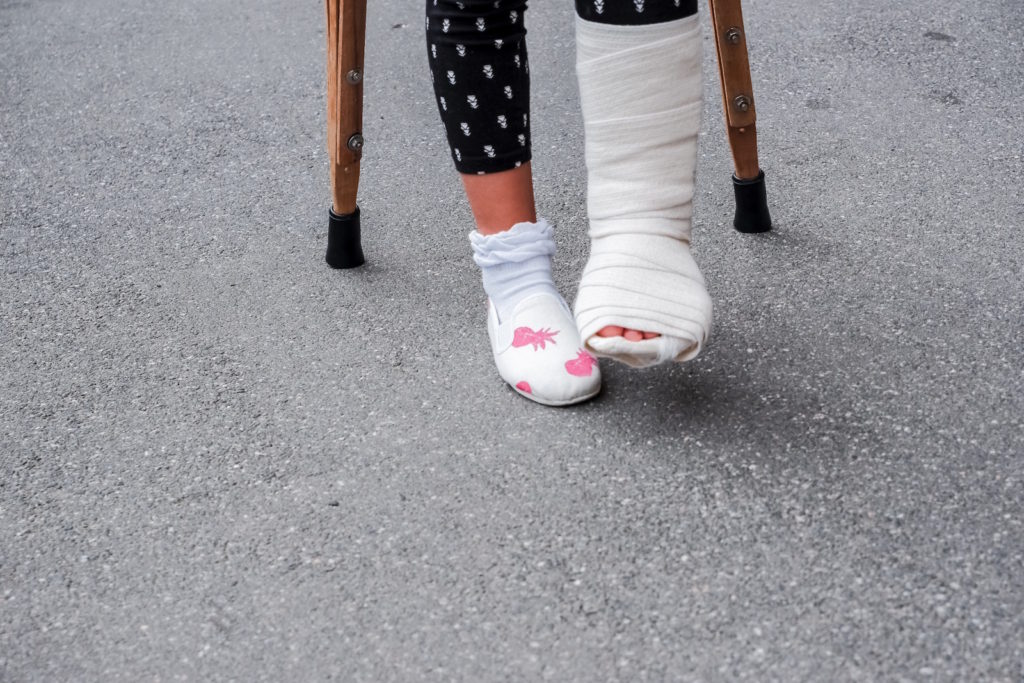Maintained schools within Somerset Council (SC) use European Educational Consultants (EEC) as their Health and Safety Management System. This system enables schools to compile risk assessments, record accidents and near misses, submit off-site visit applications for endorsement and provides the platform for SC to complete its health and safety audit of maintained schools.
Accidents of significance, acts of violence and near misses for staff and pupils must be entered onto the Accident Reporting area of EEC. Examples of incidents that should be reported include:
- Accidents
- Broken bones
- Going to hospital
- Concussion
- Burns
- Major cuts
- Falls
- Electric shocks
- Any accident that results in a member of staff being absent from school following the incident
- Near Misses – an unplanned event that did not cause injury or damage but could have done
- Child absconds, narrowly avoiding a collision with a vehicle
- Pupil climbs on a roof to collect footballs
- Acts of violence – incidents of assaults, threats or abuse suffered by employees while at work
Other medical issues such as epilepsy seizures are not reportable unless an accident occurs during a seizure. However, schools should ensure appropriate records are held in the school’s bump book and the child’s care plan is updated.
Reporting of incidents applies to staff, pupils, and visitors. Many schools use the paper accident form to hand out at time of the accident, then an administrator completes the EEC form on-line within 7 days. The Health and Safety team get a copy of every reported incident to investigate and will report it to the HSE on behalf of the school, if required and they follow this guidance: HSE RIDDOR Guidance for Schools.
Monitoring accident data is a vital tool used by senior management teams and the lessons learnt can then be shared to continually improve health and safety culture. An important step to minimise school’s accident and incident rates is to ensure the necessary risk assessments are in place. The identified hazards within risk assessments should be evaluated and reasonable control measures should be put in place to reduce the risks from those hazards to an acceptable level which will then reduce the likelihood of an accident.
Schools are encouraged to use their onsite “Bump book” to log minor injuries and check these for trends from time to time. If you are on a residential trip and an accident occurs during an activity managed by the centre, they fill out their accident book, but if it happens during down time under supervision of school staff, you will need to fill out an EEC accident report. In the past some schools were using a paper based IR1 form and it must be noted that Accident Reporting on EEC has replaced this.
Training is available on how to complete an accident, incident or near miss on this link: EEC training YouTube video.
Learn more:
EEC log in
EEC Accident Report – Data Collection Form
Reporting of Health & Safety Incidents Policy
HSE RIDDOR Guidance for Schools
EEC training YouTube video

